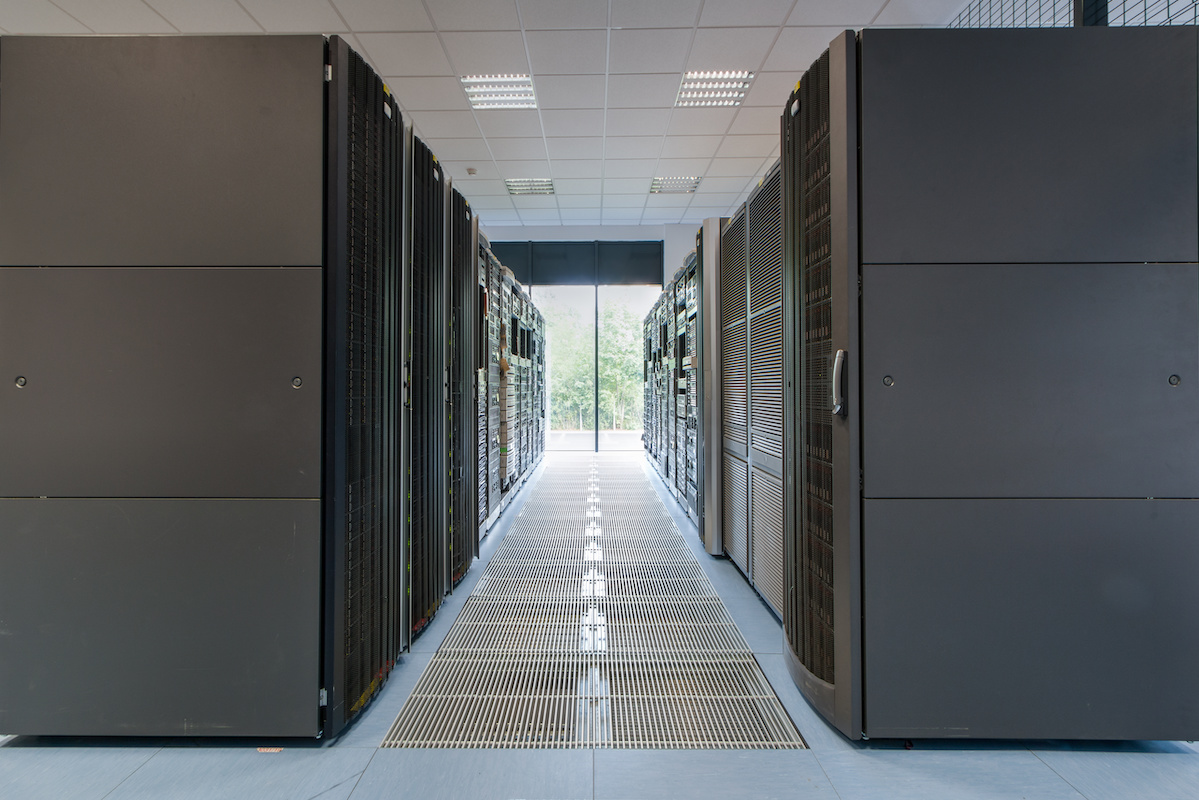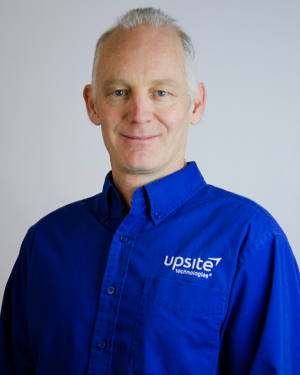Two Dynamics Driving the Trend of Raising Data Center Temperatures15 min read

In today’s current industry, there has been an undeniable trend towards raising temperatures in the data center. However, there’s more to it than just knowing how to raise the set points. Understanding the science behind this trend of raising temperatures will help you identify opportunities for increasing capacity and reducing operating costs. There are two dynamics which we will discuss that are the primary drivers behind the current industry trend of raising data center temperatures.
Increasing Economization Hours
- Warmer conditioned air supply temperatures occasionally result in dramatic increases in economizer operating hours. How significant the increase depends on site location, starting temperature, and adjusted temperature. For example, a 6⁰ increase in set point in Austin would result in a 29% increase in free cooling hours, but a similar set point change would only produce 19% more free cooling hours in Boston.
- The more effective the airflow management in the data center, the higher supply air temperature can be and the greater the savings.
- Financial analysis of airflow management upgrades often excludes the savings resulting from increased economization hours.
Increasing Cooling Unit Efficiency and Capacity
- Warmer return air temperatures improve cooling unit capacity and efficiency. For example, even though a manufacturer sells a cooling unit as “30-ton”, it delivers only 30 tons of total cooling at rated return-air conditions. Rated conditions are often 75° F and 45% Rh. Some of the cooling capacity is likely to be latent, which is that portion of cooling unit capacity that cools latent heat given off when moisture condenses on the cooling coils.
- Manufacturers publish a table of capacities for each cooling unit, dependent on return air temperature and relative humidity. It is important to review the table of capacities to understand how to get the most capacity from cooling units.
- Cooling coil condensation, resulting in latent heat cooling, costs in the following four ways:
- Latent heat cooling consumes cooling capacity that is then unavailable to the IT load.
- Moisture condensing on coils collects in drain pans and then exits the building, which dries the room and requires humidification. Humidification, often achieved through IR lamps or steam generation, increases power usage and costs.
- Humidification increases water usage costs.
- Humidification power usage adds to the heat load of the room cooled by cooling units.
- Air filtration through the cooling units creates the greatest pressure drop or resistance of any element in the system. Cooling unit fans work to overcome airflow resistance. The greater the resistance, the harder the fans must work. This is particularly relevant to systems that utilize static pressure control. Air filters have a pressure drop of several inches of water column. This is much greater than the pressure drop across a raised floor, which is often only several hundredths of an inch. Any reduction in the pressure drop across filters will reduce the energy consumption of cooling unit fans working to maintain raised floor static pressure. For instance, using specialized low pressure-drop filters will achieve this, as well as replacing them when they get dirty. Pre-filters often end up costing more than they save due to the increased air resistance.
Airflow management is central to getting the most capacity and highest efficiency out of cooling units. Effective airflow management, which results in less mixing of supply and return (greater separation), enables increasing the supply and return temperatures without raising intake air temperatures to IT equipment. This maximizes the capacity and efficiency of cooling units and economization.
Real-time monitoring, data-driven optimization.
Immersive software, innovative sensors and expert thermal services to monitor,
manage, and maximize the power and cooling infrastructure for critical
data center environments.
Real-time monitoring, data-driven optimization.
Immersive software, innovative sensors and expert thermal services to monitor, manage, and maximize the power and cooling infrastructure for critical data center environments.

The mention of low humidity and the need to replace it failed to take note of the ASHRAE TC 9.9 research that showed that maintaining humidity levels in the listed 45% RH is not actually necessary, and in fact can go down to 8% without static damage concerns in a properly grounded facility where only basic precautions are taken. That knowledge can also dramatically reduce energy consumption.